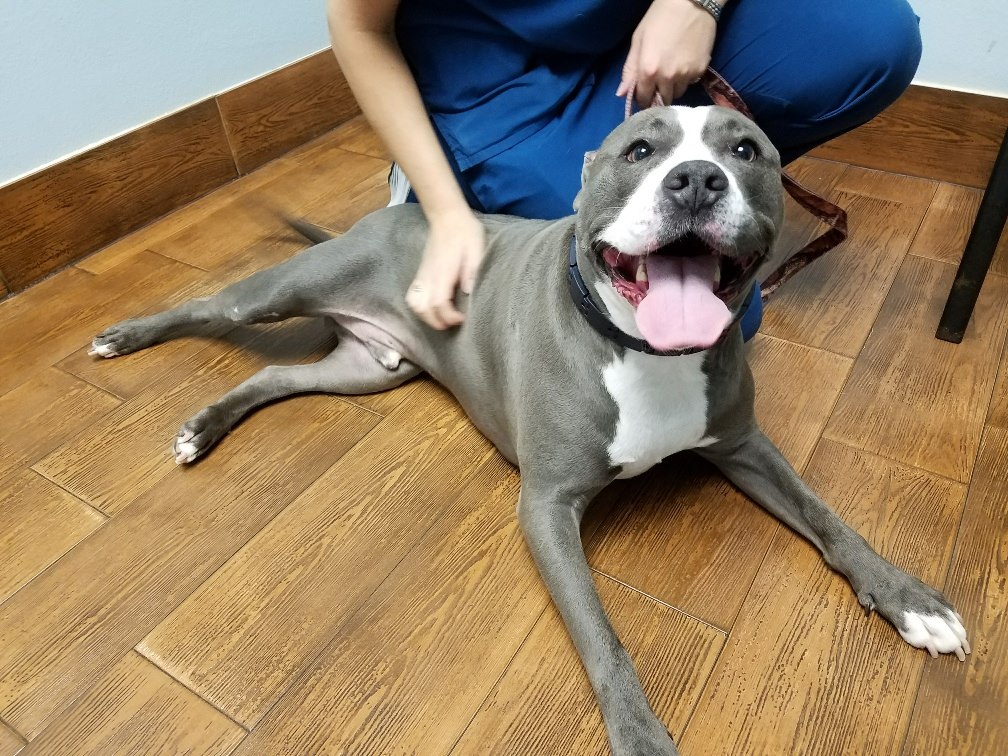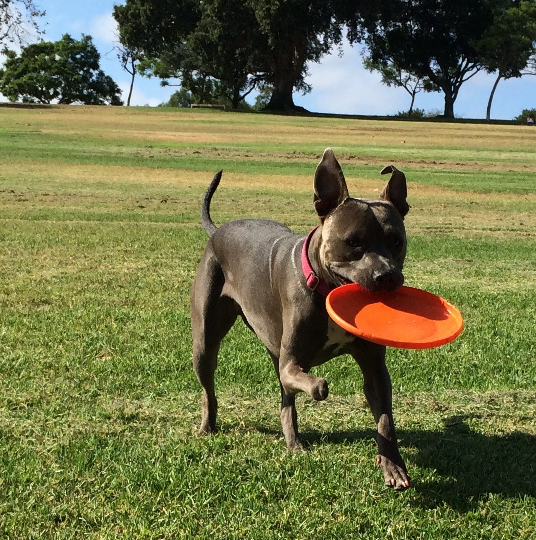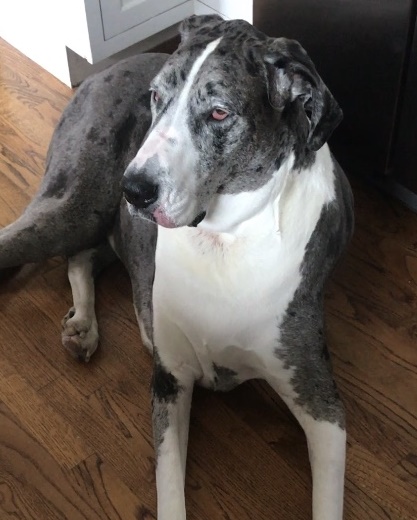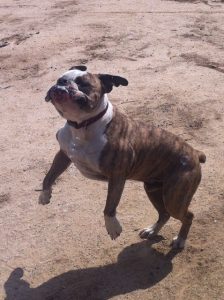Platelet Therapy in Veterinary Medicine
This week, we have a special guest blog about platelet therapy use in veterinary medicine from Dr. Amber Vibert. Dr. Vibert is VetStem’s Safety and Technical Services Veterinarian and has extensive experience in both general and emergency veterinary medicine.
Platelet Therapy in Veterinary Medicine
I’m very excited to have the opportunity to contribute to our blog today! As VetStem’s new clinical veterinarian, I’m here to give you an added layer of information from a medical perspective. Today I’d like to share with you the capabilities of wonderous cells called platelets. You may have heard the term “Platelet Rich Plasma” (PRP) or “Platelet Enhancement Therapy” (PET) and wondered, “What are platelets and how does this treatment work, exactly?” We have showcased several success stories of pets who have received platelet therapy and now it’s time to look at the science behind the medicine and applications for which they can be used.

Good Things Come in Small Packages
Platelets are very small cells found in the blood stream of mammals and are best known for their ability to clot the blood. However, there is SO MUCH MORE these tiny but powerful cells can do! A complex signaling system sent out from damaged cells attracts platelets to an injury and tells them to release several healing molecules that they have stored inside of them. In turn, these healing molecules attract a multitude of additional healing cells (including stem cells) to the site of injury or inflammation. Together, these cells have been shown to reduce pain, remove the damaged cells, build new blood vessels, prevent further tissue damage, and generate new healthy cells in place of the injured ones. Amazing!
What Can These Heroes of Healing Be Used For?
In veterinary medicine, platelet therapy is most often used for treatment of joint-related problems such as cruciate ligament tears, osteoarthritis and tendon injuries in dogs, cats, and horses. However, recent research has shown that PRP/PET can also aid in the healing of skin wounds, corneal (eye) ulcers, surgical incision sites, tooth sockets following extraction, and even muscle tears. And the use of platelet therapy is not just limited to our animal companions. You may have heard of NFL players who have received PRP/PET for tendon/ligament injuries and muscle tears. Platelet therapy can also be used in conjunction with stem cell therapy to maximize the effect of both treatments.

Harnessing the Power of Platelets
The functions of platelets may be complex, but their collection and administration is quite simple. A calculated amount of blood is drawn based on the patient’s size/weight. The blood sample is then either spun in a machine called a centrifuge or injected through a special filter such as VetStem’s V-PET™ gravitational filter system in order to separate the platelets from other blood cells. The final product is a highly concentrated number of platelets suspended in the protein-rich fluid component of the blood called plasma. This solution is then injected (or topically applied as with skin wounds or surgical incisions) to the injury site. And voila! There you have platelet therapy- another way to enhance the body’s own power to heal.








 It’s always a sad day when we learn of one of our patients passing away. We recently learned that Knuckles, an English bulldog, passed away suddenly in early April. This particular passing pulled on our heartstrings a little extra, as some of us were lucky enough to meet Knuckles and witness his success with stem cell therapy and platelet therapy in person.
It’s always a sad day when we learn of one of our patients passing away. We recently learned that Knuckles, an English bulldog, passed away suddenly in early April. This particular passing pulled on our heartstrings a little extra, as some of us were lucky enough to meet Knuckles and witness his success with stem cell therapy and platelet therapy in person.

